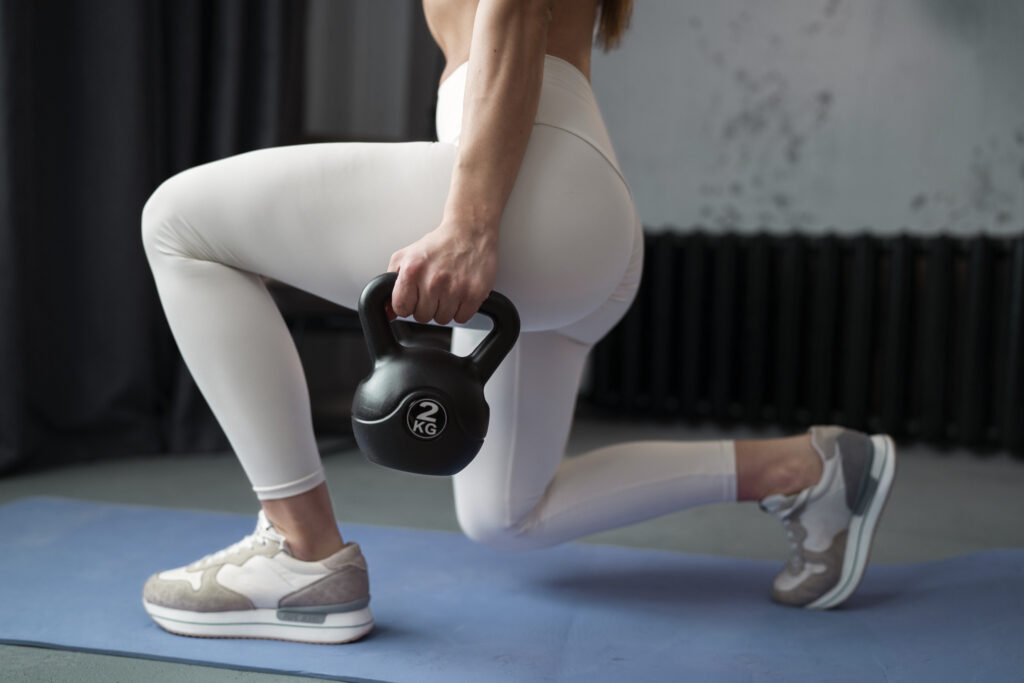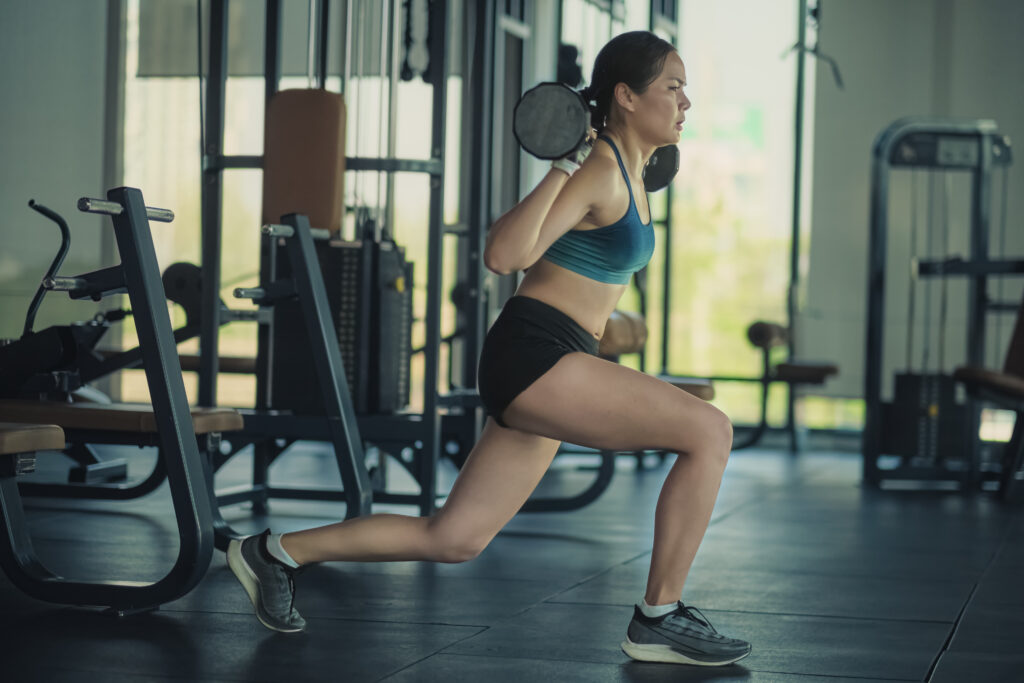Summary Highlights
- Strength training is most effective when built around movement patterns, not just isolated muscles.
- Key movement patterns include the squat, hip hinge, lunge, push, pull, carry, and rotation/anti-rotation.
- Training these patterns builds balanced strength, reduces injury risk, and improves daily function.
- A pattern-based approach makes workouts more efficient and results more sustainable.
Why Movement Patterns Matter
When building a strength training program, it’s not just about the number of sets and reps—it’s about movement patterns. Training with key movement patterns ensures your body develops strength in a balanced, functional way. By focusing on patterns such as the squat, hip hinge, lunge, push, pull, and carry, you train the body the way it’s meant to move. This approach reduces injury risk, improves performance, and builds a stronger foundation for daily life.
Squat
The squat is often considered the king of lower body exercises. This movement pattern strengthens the quadriceps, glutes, and core while teaching proper mechanics for sitting, standing, and lifting. Variations include bodyweight squats, goblet squats, and barbell back squats. Because squatting mimics natural human movement, it’s essential for athletic performance and daily activities alike.
Hip Hinge
The hip hinge focuses on the posterior chain—the glutes, hamstrings, and lower back. Deadlifts, Romanian deadlifts, and kettlebell swings all build power, strength, and resilience. Mastering the hinge teaches athletes how to lift safely and prevents lower back injuries by reinforcing proper spinal alignment.

Lunge
Lunges, split squats, and step-ups represent the lunge pattern, which trains single-leg strength, balance, and stability. Life and sport often demand strength one leg at a time, making this pattern critical for injury prevention and functional mobility. Lunging also improves hip and knee stability, key for runners and athletes.
Push and Pull
Upper-body strength revolves around the push and pull patterns. Horizontal pushing movements like push-ups and bench presses develop the chest, shoulders, and triceps, while vertical pushes such as overhead presses strengthen the shoulders and core. Pulling patterns balance out the push, targeting the back and biceps. Horizontal pulls include rows, while vertical pulls include pull-ups and lat pulldowns. Maintaining a push-to-pull balance is crucial for posture and long-term shoulder health.
Carry
Carries, sometimes overlooked, are among the most functional movement patterns. Exercises like farmer’s carries or suitcase carries challenge the grip, core, and stabilizing muscles. They improve posture, trunk strength, and the ability to stabilize under load—skills transferable to everything from lifting groceries to athletic competition.
Rotation and Anti-Rotation
Rotation and anti-rotation movements also deserve attention. Exercises like wood chops, cable twists, or Pallof presses enhance core stability and build resilience against rotational forces. These patterns are essential for athletes in rotational sports, but they also help protect the spine during everyday activities.
Bringing It All Together
Training all these movement patterns ensures no muscle group or function is left behind. Instead of chasing isolated exercises, this approach develops balanced strength and movement competency. Whether you’re a beginner learning proper form or an experienced lifter refining your program, including every major pattern will maximize performance, reduce injury risk, and carry over into daily life. To build strength smarter, focus on patterns first, then load.
Call to Action Using Jefit App
Ready to take your workouts to the next level? Start training smarter with Jefit by following programs built around these essential movement patterns. Track your progress, master your form, and achieve balanced strength with the Jefit app today.

Jefit: Your Ultimate Strength Training Companion
If you’re committed to building muscle, gaining strength, and tracking your progress effectively in 2025, the Jefit strength training app is the essential tool to help you crush your fitness goals. With over 20 million downloads and 12+ million active users, Jefit ranks among the best strength training apps available today. Named the Best Fitness App of 2024 and featured in Men’s Health, PC Magazine, and USA TODAY, Jefit combines expert-built workout programs, advanced gym performance tracking, and a supportive community to help you stay accountable and motivated. Whether you’re looking to follow a scientifically-backed muscle-building plan, monitor your lifting progress, or optimize your training intensity, Jefit gives you everything you need — all in one place.
References
- Cook, G. (2010). Movement: Functional Movement Systems. On Target Publications.
- Boyle, M. (2016). New Functional Training for Sports. Human Kinetics.
- McGill, S. (2016). Back Mechanic. Backfitpro Inc.
- Break Through Strength Plateaus: JEFIT Guide - November 12, 2025
- Exercise and Strength Training Benefits: Boost Health with Jefit - November 5, 2025
- Jefit Data Reveals How to Build a Strength Program that Works - October 29, 2025
